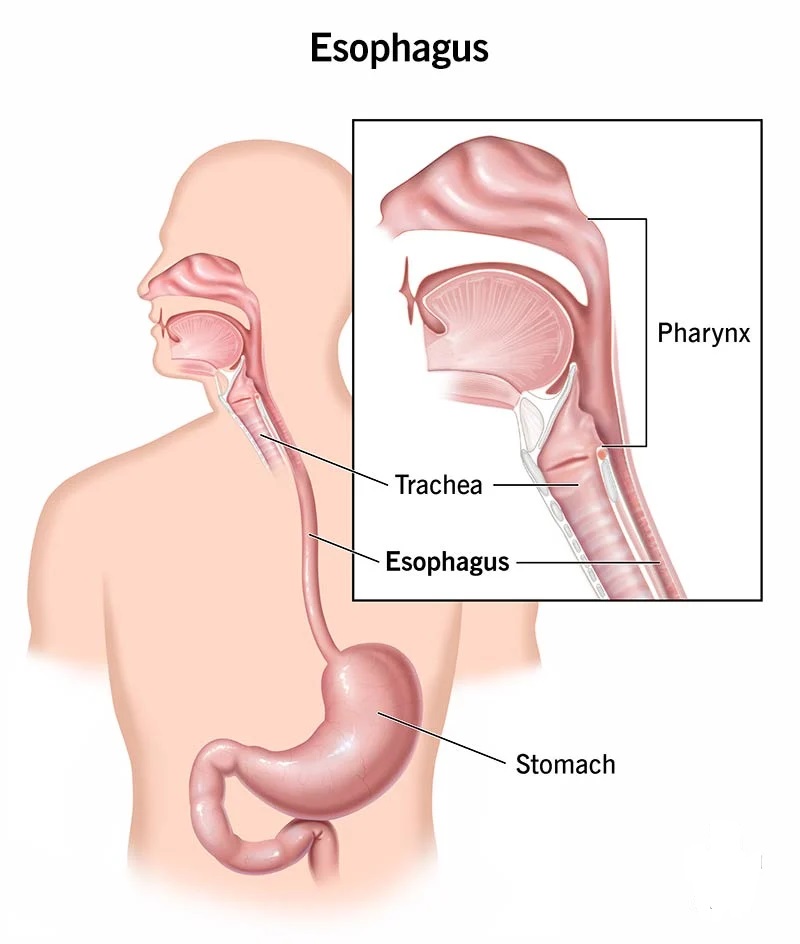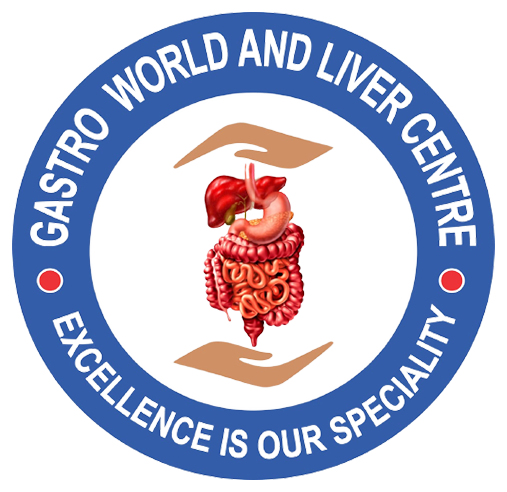Esophageal Disorders
Esophageal Stent Specialist In Rewa (MP)

What is an esophageal stent procedure?
The procedure might take place under general anesthesia or conscious sedation. If it takes place under general anesthesia, you will sleep through the procedure and feel no pain. If it takes place under conscious sedation, you will get medicines to make you relaxed and sleepy. The surgeon may numb the area under surgery so that you won’t feel much pain.
During the procedure, the surgeon places a long, thin tube (catheter) down the back of your mouth and into your esophagus. Next, the surgeon places a folded-up hollow tube (stent) over the catheter in the correct position across the blockage. The stent expands against the walls of your esophagus, giving support. Then the surgeon removes the catheter and leaves the stent in place.
Why might I need an esophageal stent procedure?
You might need an esophageal stent for a number of health problems. Traditionally, healthcare providers have most often used esophageal stents to treat esophageal cancer. That is still the most common reason. But these stents are also used to treat:
- Cancer of the top part of the stomach
- Narrowing of the esophagus as it's pushed from the outside by a cancer (such as lung cancer) or enlarged lymph nodes
- Narrowing of the esophagus from an ulcer
- Narrowing of the esophagus from radiation treatment
- Abnormal opening between the trachea (wind pipe) and esophagus
- A hole in the esophagus
Any of these health problems can cause dysphagia. Dysphagia is serious because it can lead to aspiration. During aspiration, you inhale food and stomach contents into your lungs. That can lead to complications like pneumonia. Dysphagia also lowers your quality of life. An esophageal stent can help ease these problems.
Even if you have esophageal cancer, you may not need an esophageal stent. In some cases, your healthcare provider may be able to treat your cancer with surgery or chemotherapy instead. If these therapies won’t work for you, an esophageal stent may be another option. In other cases, a gastrostomy tube or jejunostomy tube might make more sense for you. These tubes go straight from your outer abdomen to your stomach or small intestine. Talk with your healthcare provider about all your treatment choices.
What are the risks of an esophageal stent procedure?
Esophageal stent procedures are relatively safe. But they do sometimes cause problems later. These might include:
- Pain in the esophagus
- Bleeding (usually mild)
- New hole in the esophagus (rare)
- Movement of the stent
- Tumor growth into the stent
- Gastroesophageal reflux (GERD or heartburn)
There is also a risk that you will need a repeat procedure because of one of these complications. Your own risks may vary based on the nature of your esophageal problem, your other health problems, and the type of stent used. Talk with your healthcare provider about all your concerns.
How can we help you?
Contact us at the Gastro World & Liver Centre Rewa (MP) Or make an appointment online.
